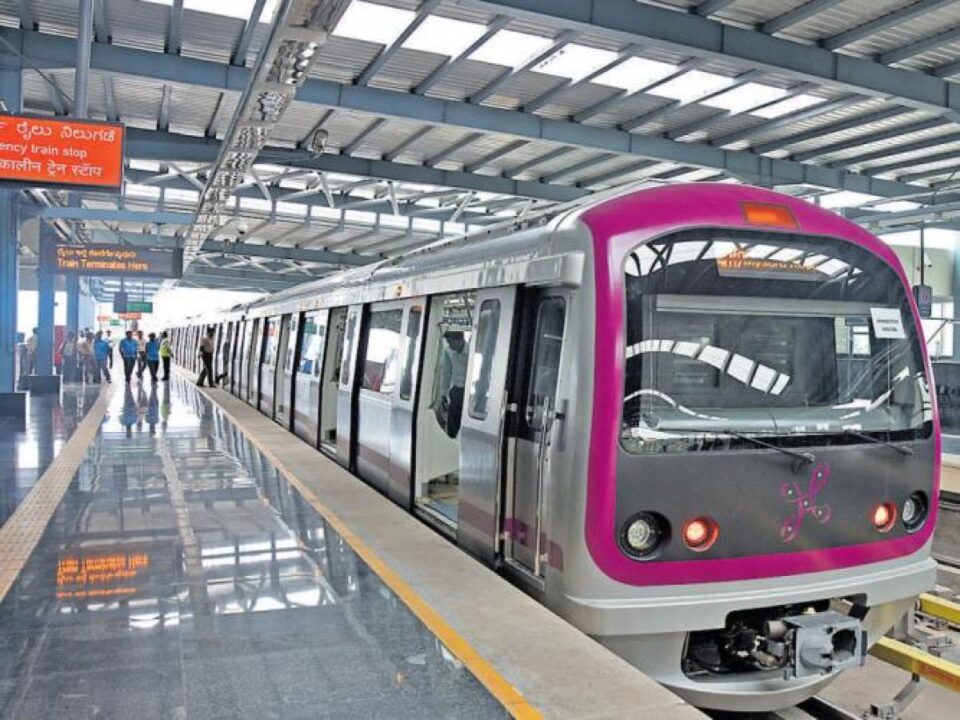
BANGALURU: Air quality at six places of the Phase-II Bangalore Metro Rail Corporation (BMRCL) increased between 2017 and 2021, found a study conducted by Bangalore University’s Department of Environmental Science. This indicates that the metro project had a significant beneficial influence on improving the air quality in the area.
According to a study led by Dr Nandini N, Professor and Principal Investigator, Bangalore University’s Department of Environmental Science, metro trains contributed greatly to the decrease of carbon emissions.
“Air quality monitoring results suggest that PM 2.5 concentrations recorded at all monitoring sample sites are under the limit of 60g/m3 as recommended by the Central Pollution Control Board (CPCB) for industrial, residential, rural, and other locations,” according to the report. While the PM 2.5 concentration at Silk Board Junction remained within limits from 2017 to 2020, it slightly surpassed in 2021, as the study noted, because it is one of the key traffic crossroads.
“During the year 2017, PM 10 levels went above the permissible limits of 100 g/m3 and then significantly declined from 2018 onwards. From 2018 to 2021, the air quality monitoring data show that PM 10 concentrations at all monitoring sample stations stayed below the CPCB’s 100g/m3 standard for industrial, residential, rural, and other locations,” reads the report. The report promotes a well-functioning public transportation system. It also says that, over time, metro travel has reduced carbon dioxide emissions.
The main goal of introducing metro rail in Bengaluru was to relieve traffic congestion on the highways. The construction of the metro line was also pushed in order to encourage people to use public transportation instead of driving their own cars. The city’s metro system is viewed as a complementary rather than competitive means of transportation.

